"Head Of Fang Byeri Reliquary"
If there is a ritual object capable of obscuring the origin and context of its creation with the charm of its presence, beauty and intensity, this object is the Byeri reliquary of the Fang people. Also known and studied in various contexts and eras, the Fang ethnic group, like many other Central African populations, is extremely composite and varied, but remains in the shadows with respect to the complex ritual of the byeri. The Fang sculpture represents a homogeneous style within the African plastic production, perhaps due to the permanence of this ethnic group in the same space and for a relatively limited historical period. As is known, the sculpture composed of a single head was placed at the top of a container of vegetable fibers suitable for recovering the bones and other objects of the ancestors of the family clan. The origin and antiquity of these "reliquary heads" have been the subject of extensive research by various historians and anthropologists, but have not led to a single conclusion.
In 1990, in conjunction with the preparation of an exhibition dedicated to the Fang culture at the Museum of African, Oceanian and Native American Arts in Marseille (Byéri Fang, Ancestor Sculptures in Africa), it was discovered, through the observation of some radiographs of the sculptures, which contained within them vibrations of human bones or teeth, inserted in the neck or in the center of the forehead.
Perrois, speaking of this discovery, underlines in the exhibition catalog how these sculptures have now become "reliquaries" themselves.
Typical are the long neck, the rounded forehead, the heart-shaped face and the brass pins on the eyes (in this case they are lost).



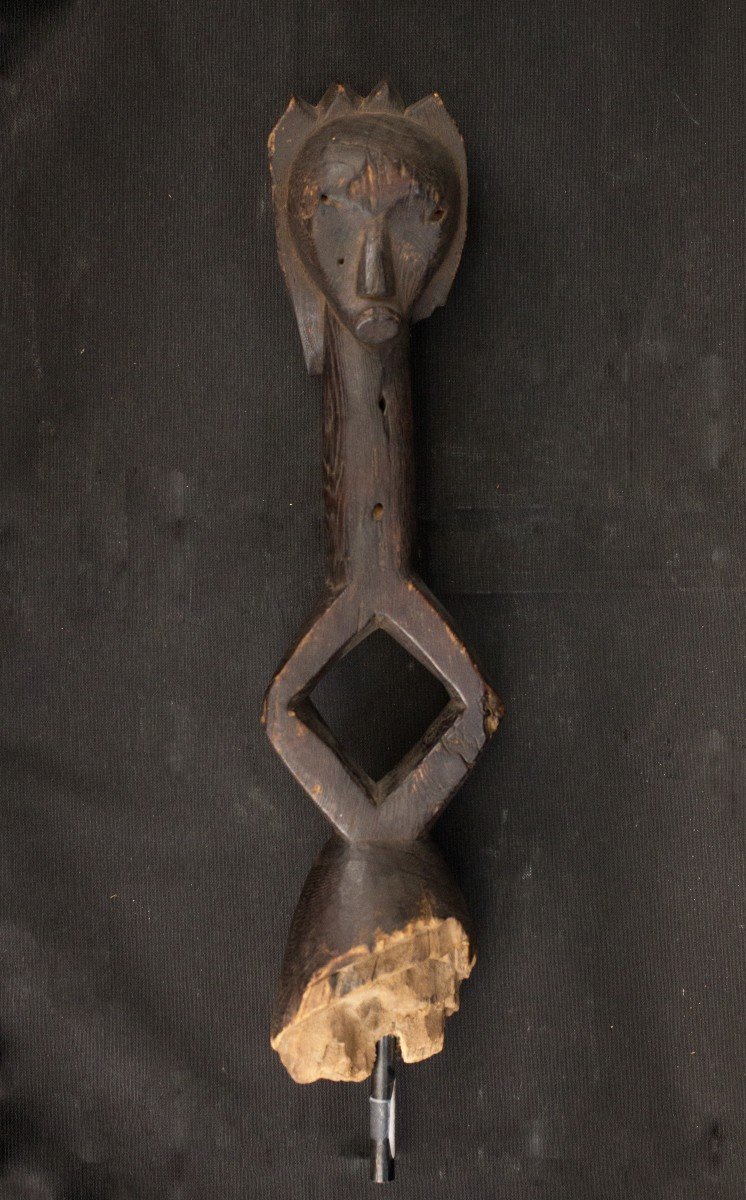
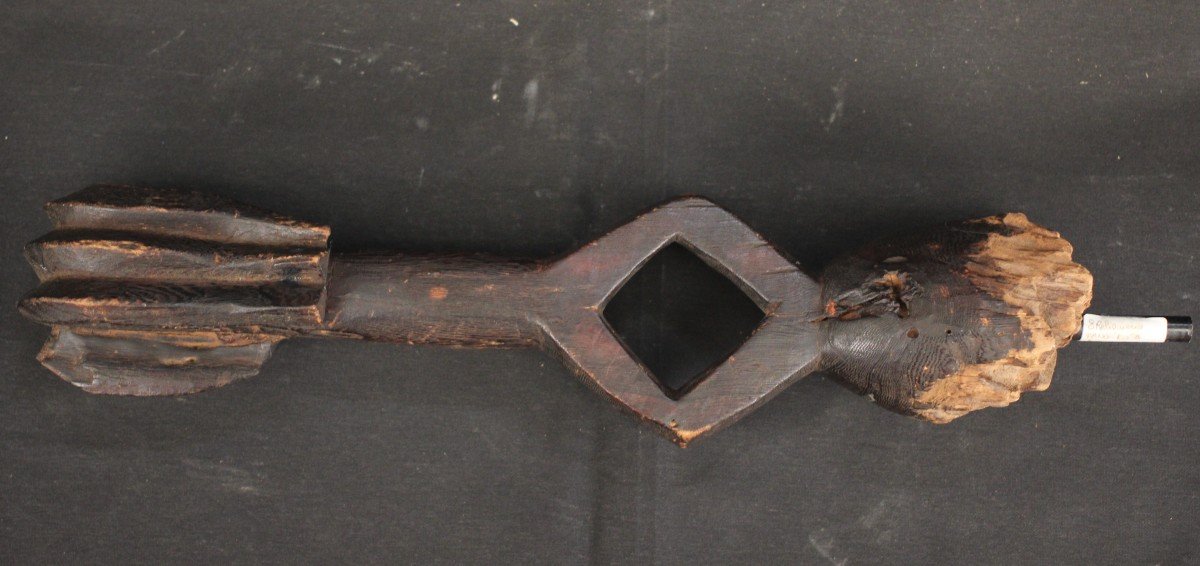
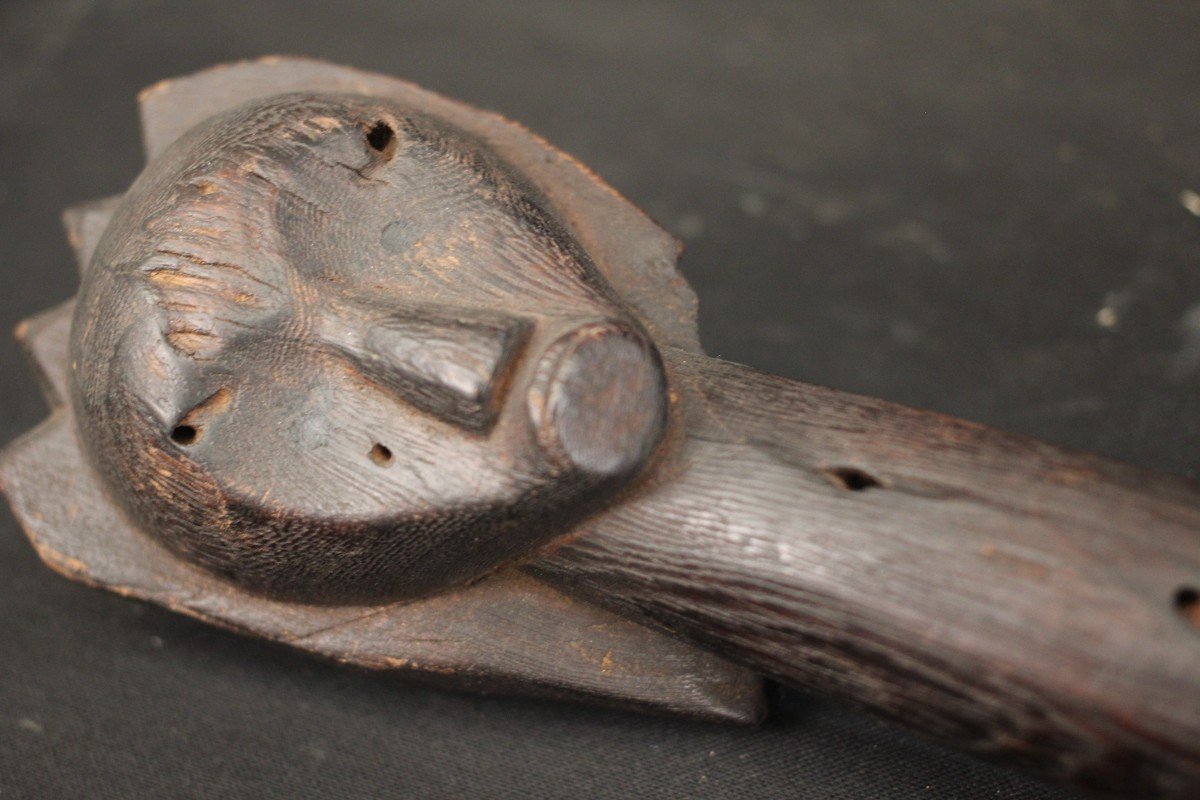







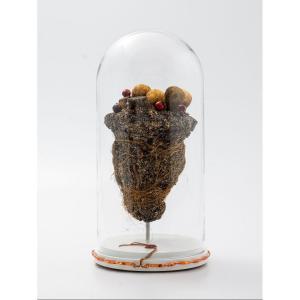
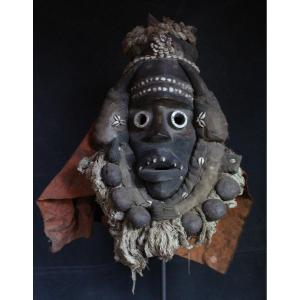
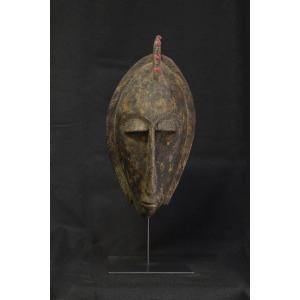
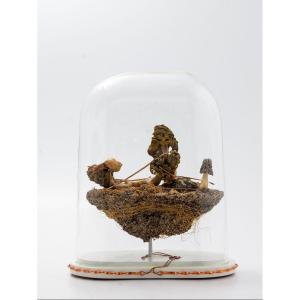
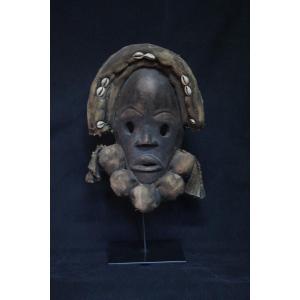
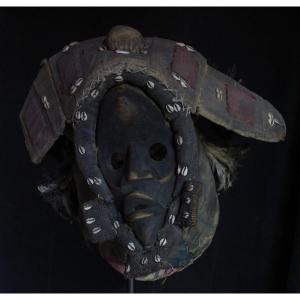
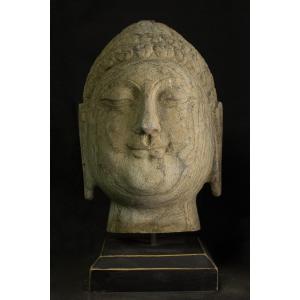



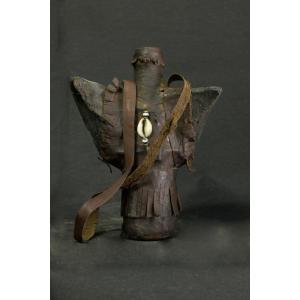

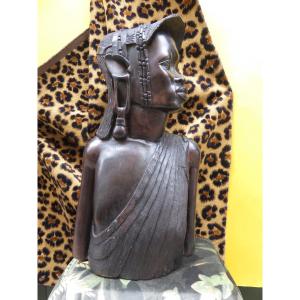


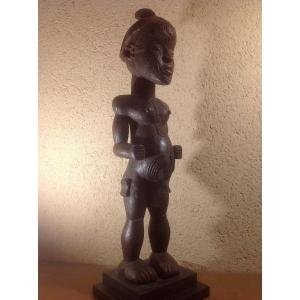
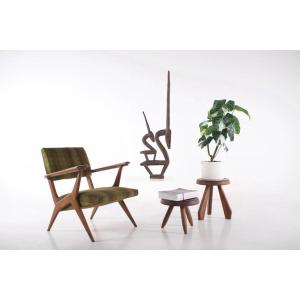



 Le Magazine de PROANTIC
Le Magazine de PROANTIC TRÉSORS Magazine
TRÉSORS Magazine Rivista Artiquariato
Rivista Artiquariato